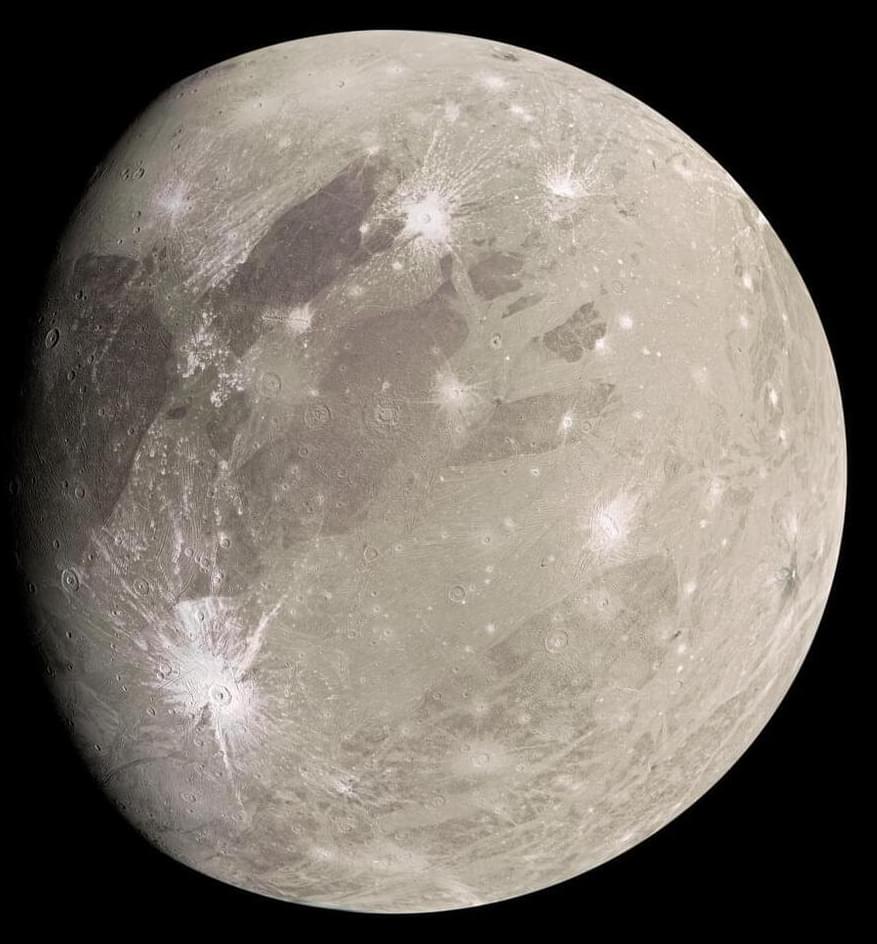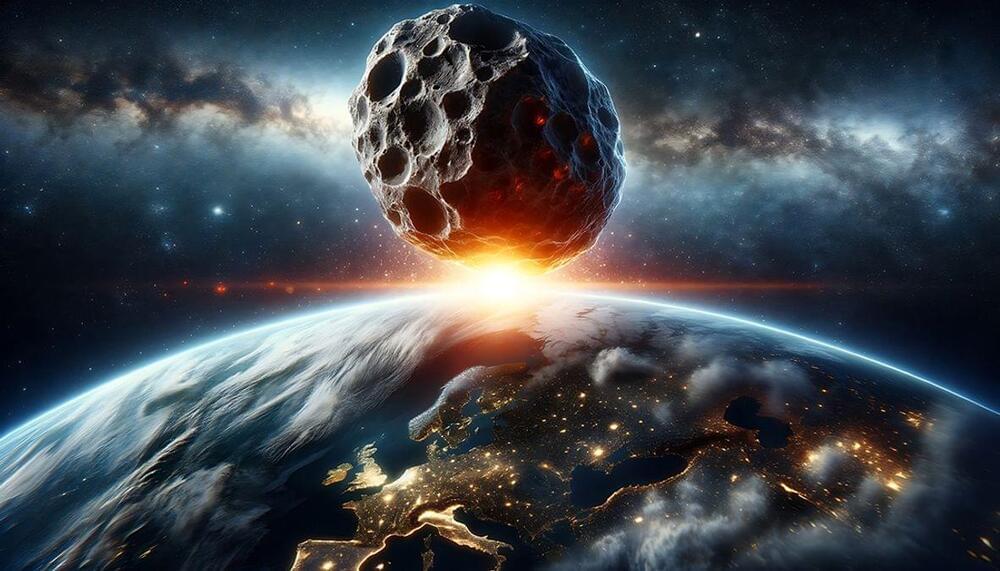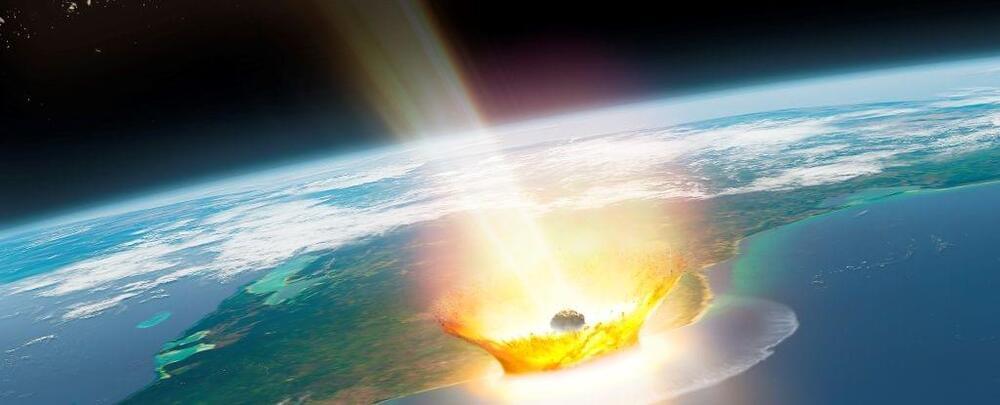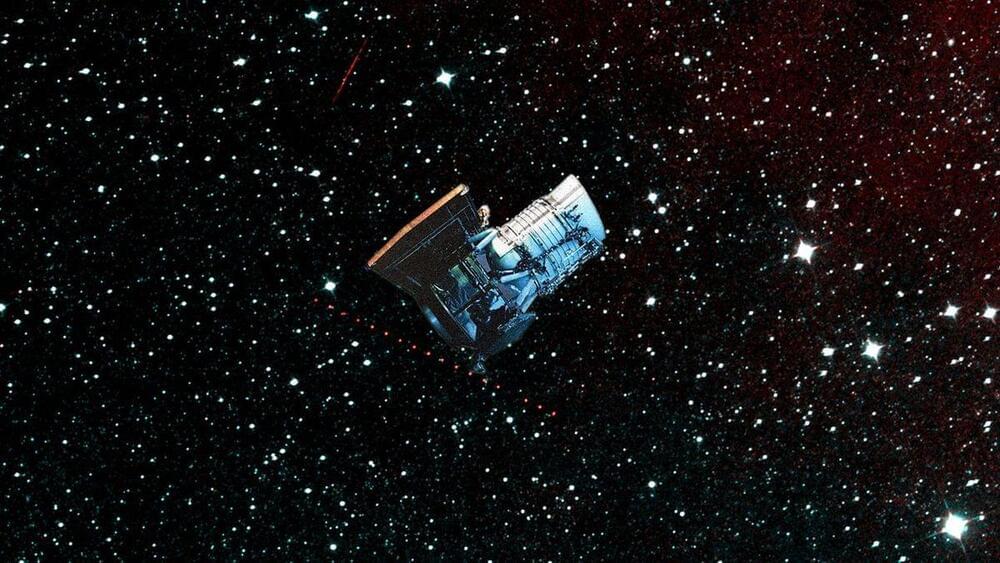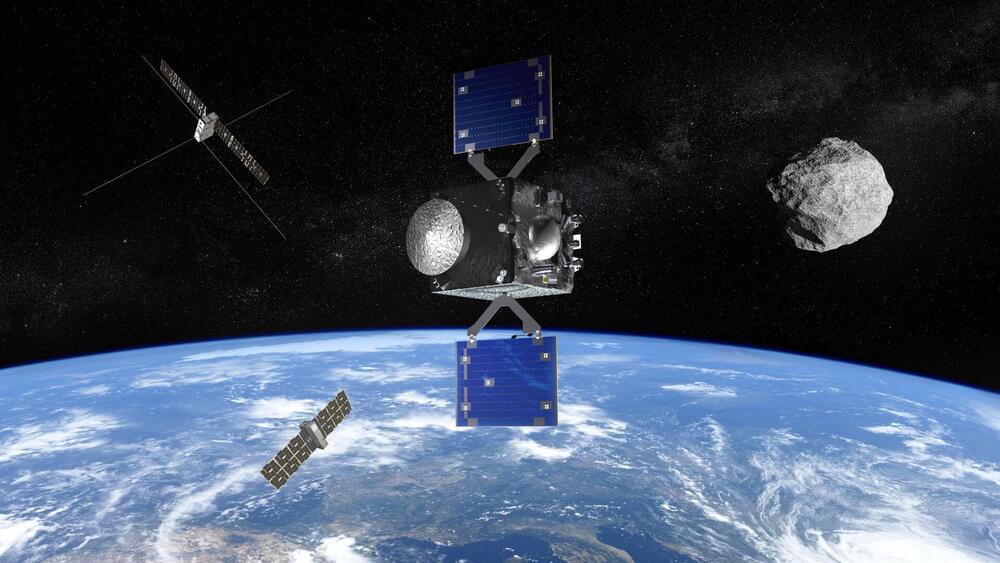How did a giant impact 4 billion years ago affect Jupiter’s moon, Ganymede? This is what a recent study published in Scientific Reports hopes to address as a researcher from Kobe University investigated the geological changes known as a “furrow system” that Ganymede has exhibited since being struck by a giant asteroid in its ancient past, along with confirming previous hypotheses regarding the size of the asteroid. This study holds the potential to help scientists better understand how the very-active early solar system not only contributed to Ganymede’s but how such large impacts could have influenced the evolution of planetary bodies throughout the solar system.
“The Jupiter moons Io, Europa, Ganymede and Callisto all have interesting individual characteristics, but the one that caught my attention was these furrows on Ganymede,” said Dr. Naoyuki Hirata, who is an assistant professor in the Department of Planetology at Kobe University and sole author of the study. “We know that this feature was created by an asteroid impact about 4 billion years ago, but we were unsure how big this impact was and what effect it had on the moon.”
For the study, Dr. Hirata used a series of mathematical calculations to ascertain the size of the object that impacted Ganymede billions of years ago along with the angle of impact that produced the furrow system. In the end, Dr. Hirata determined that the impactor’s radius was approximately 93 miles (150 kilometers) and the angle of impact was potentially between 60 to 90 degrees, resulting in the furrows that overlay a significant portion Ganymede’s surface. For context, Ganymede is not only the largest moon in the solar system at a radius of 1,637 miles (2,634 kilometers), but it is also larger than the planet Mercury.
